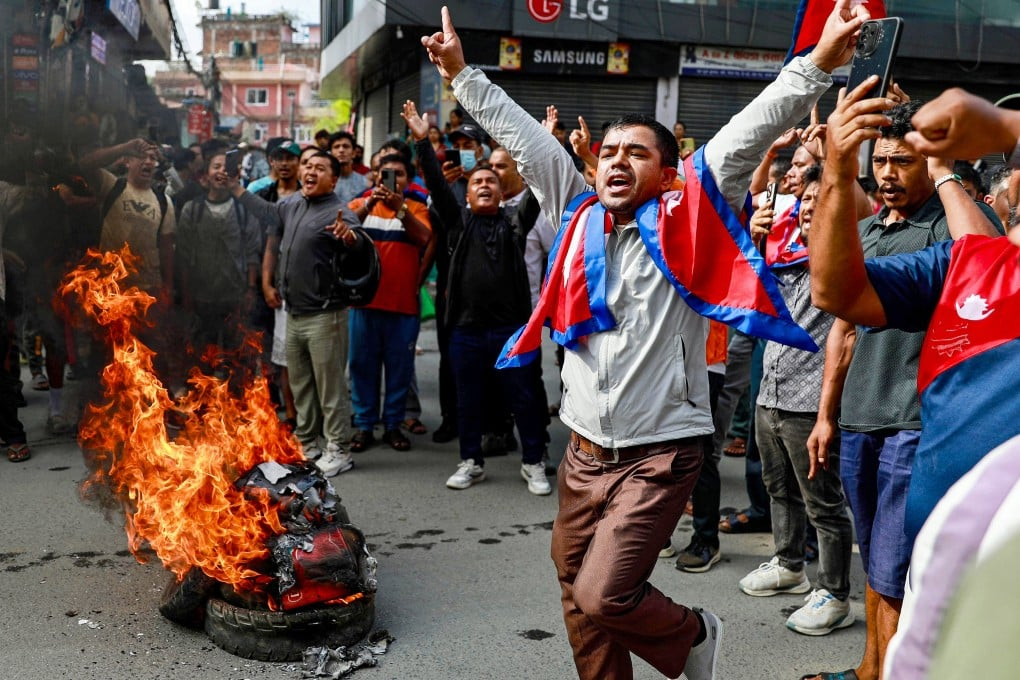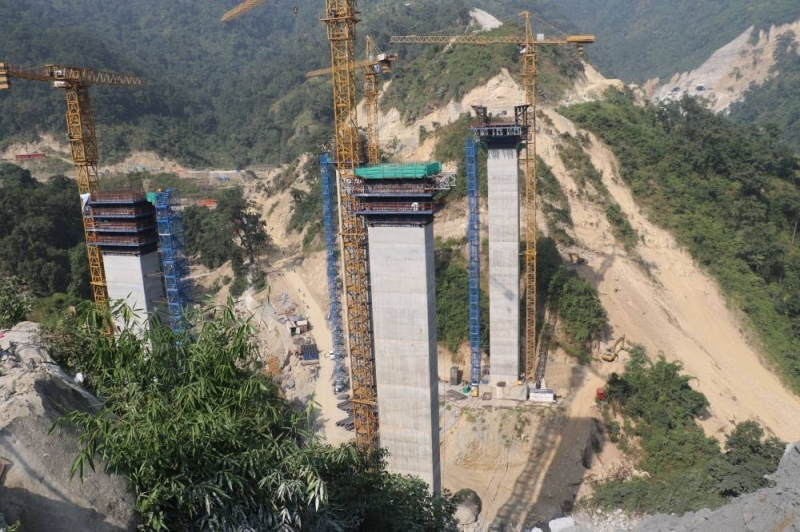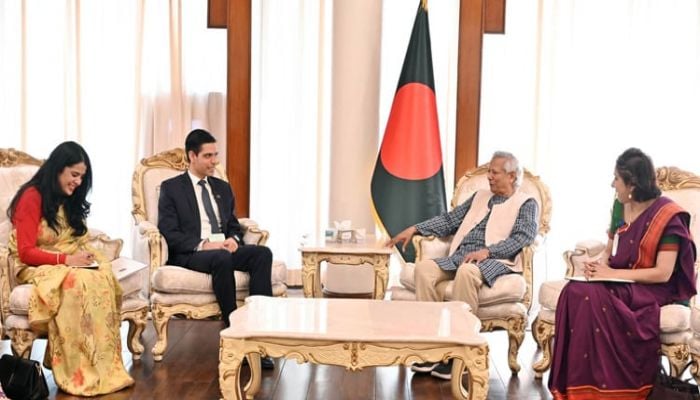No Country for Young People: Nepal’s Gen Z Sees Little Hope at Home
 By Anupreeta Das
By Anupreeta Das
Anupreeta Das spoke to more than two dozen people in and around Kathmandu, Nepal, after the recent protests.
In his hometown, Chamkhar, a tiny village of breathtaking beauty tucked into the hillside about an hour away from Nepal’s capital, Rajendra Tamang sits plotting his future.
The golden fields of corn, verdant slopes and imposing views of Himalayan peaks hold little opportunity. Neither does the rest of Nepal, Mr. Tamang, 22, said. Jobs are scarce and competition is fierce, even for low-paying work. Wealth disparity is high and corruption is endemic.
Two years ago, Mr. Tamang moved to Dubai, where he worked 16-hour days, six days a week, switching between jobs as an office peon, a cleaner and a warehouse worker. He earned four times the salary he could expect in Nepal, but the grueling shifts wore him down. As he browsed Dubai’s malls on his days off, he noticed that baristas and secretaries were in demand.
Adding such skills to his résumé could increase his employability, Mr. Tamang reasoned. So he came home and enrolled himself in a two-month barista training course in Nepal. He learned how to operate a coffee machine, the difference between a cold brew and an iced coffee, and how to draw pretty patterns in cappuccino foam. He is hoping that his skills will distinguish him from the tens of thousands of Nepalis who are also looking for jobs overseas.
“I just don’t want to work in Nepal,” Mr. Tamang said. “You have to get out.”
In tiny hamlets and passport lines, on the streets and inside chic cafes, many young Nepalis — whether they are college graduates or never finished school — say they feel hopeless and frustrated.
Persistently high unemployment and inadequate investment in skills training have hurt economic growth. The country relies heavily on remittances sent home by citizens working abroad, which equal about a third of Nepal’s gross domestic product. At the same time, many Nepalis say they experience corruption in their everyday dealings with bureaucracy, and an entrenched elite is widely seen as having reaped ill-gotten gains.
Those feelings morphed into rage in early September, when thousands of students took to the streets to vent their anger at corruption, in what came to be known as the Gen Z protests. The immediate trigger was a social media ban — which coincided with a viral surge of memes targeting “nepo kids,” the privileged children of the elite. The protests spiraled into a nationwide arson rampage and led to the downfall of Nepal’s government.
“The Gen Z protest was a necessary movement for change,” said Lal Bahadur Ghising, 32, a cabdriver who spent two years working in Malaysia and used his savings to buy a taxi, which he now drives full time. “Bribery is rampant.”
Nepal is one of Asia’s most corrupt countries, according to Transparency International’s Corruption Perceptions Index, which measures how corrupt a country’s public sector is perceived to be.
Many officials and contractors skim money from government contracts, said Ashish Thapa, the executive director of Transparency International Nepal. More than half of that money stays in Nepal, often used to buy land and homes and to invest in businesses, he said.
But the protests were about more than corruption. They spotlighted the longstanding realities of a large, young population facing an uncertain future.
Five days after the student protests, as the capital, Kathmandu, returned to calm, the Department of Passports was bustling as usual. Hundreds of people clutching documents stood in a line that grew by the minute, sloping into the building’s pitch-black basement parking lot. Most were young, and many were applying for their first passports.




